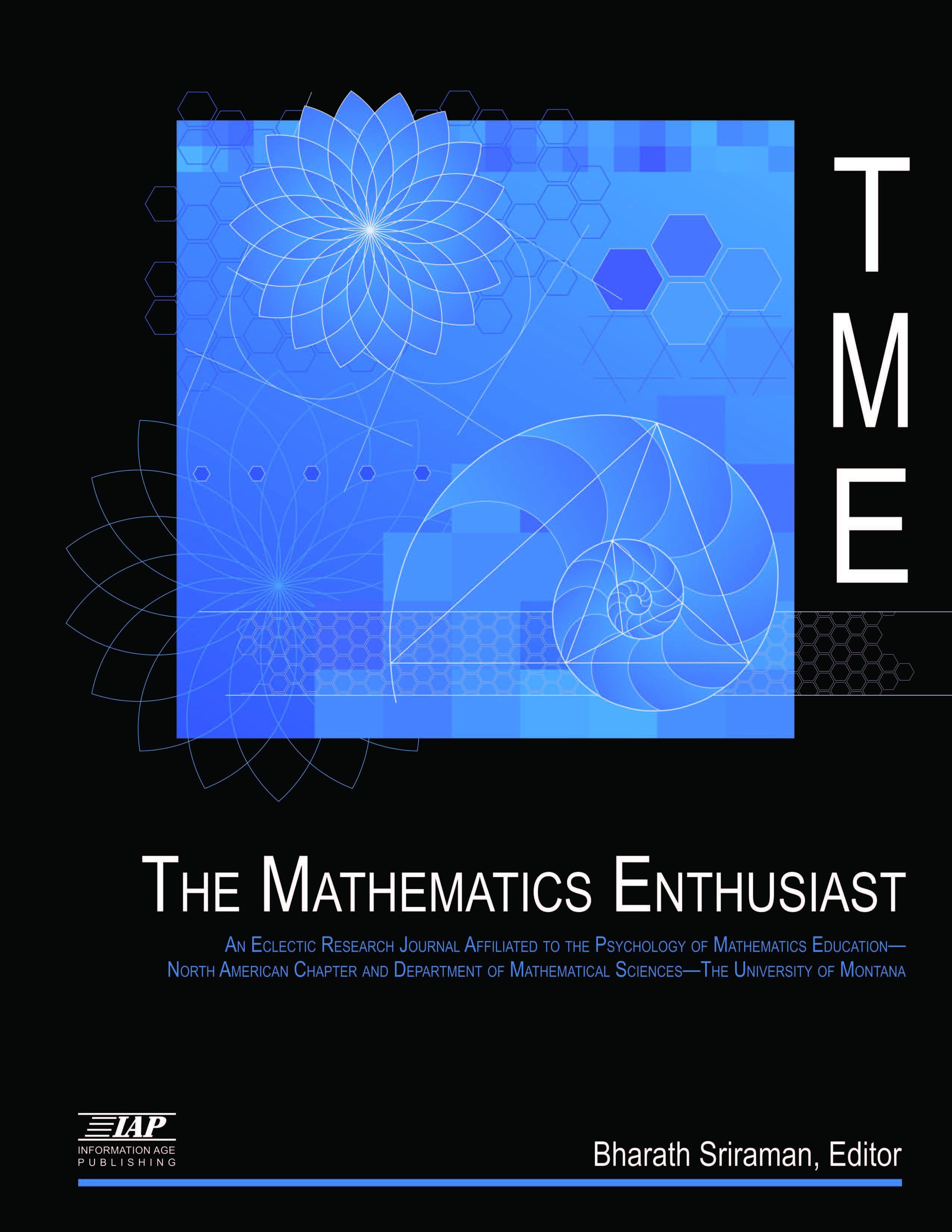
Volume
3
Issue
2
Abstract
This paper considers the relationship between 8-11 years old students’ numerical achievement and a possible disposition towards the construction of particular frames of reference. The paper uses the characteristics of a variety of kinds of images to focus upon frames of reference and explores a possible relationship between children’s verbal descriptions of concrete and abstract nouns and the different ways they respond to aspects of elementary arithmetic. It seeks to establish whether or not children towards the extremes of arithmetical achievement (low and high achievement) have a disposition towards different kinds of frames of reference. The analysis suggests that at one extreme these may be largely descriptive, associated with episodes or specific characteristics that are derived from efforts to concretise the stimuli. At the other, these descriptive qualities are complimented by more relational characteristics that are indicative of greater flexibility in mathematical behaviour. The conclusions suggest that such differences may influence the interpretation that some children may make of the objects and actions that are the foundations of their numerical development and, as a consequence, this may affect the quality of the child’s cognitive shift from concrete to abstract thought.
First Page
194
Last Page
222
Recommended Citation
Gray, Eddie M. and Pitta-Pantazi, Demetra
(2006)
"Frames of Reference and Achievement in Elementary Arithmetic,"
The Mathematics Enthusiast: Vol. 3
:
No.
2
, Article 7.
DOI: https://doi.org/10.54870/1551-3440.1050
Available at:
https://scholarworks.umt.edu/tme/vol3/iss2/7
Digital Object Identifier (DOI)
10.54870/1551-3440.1050
